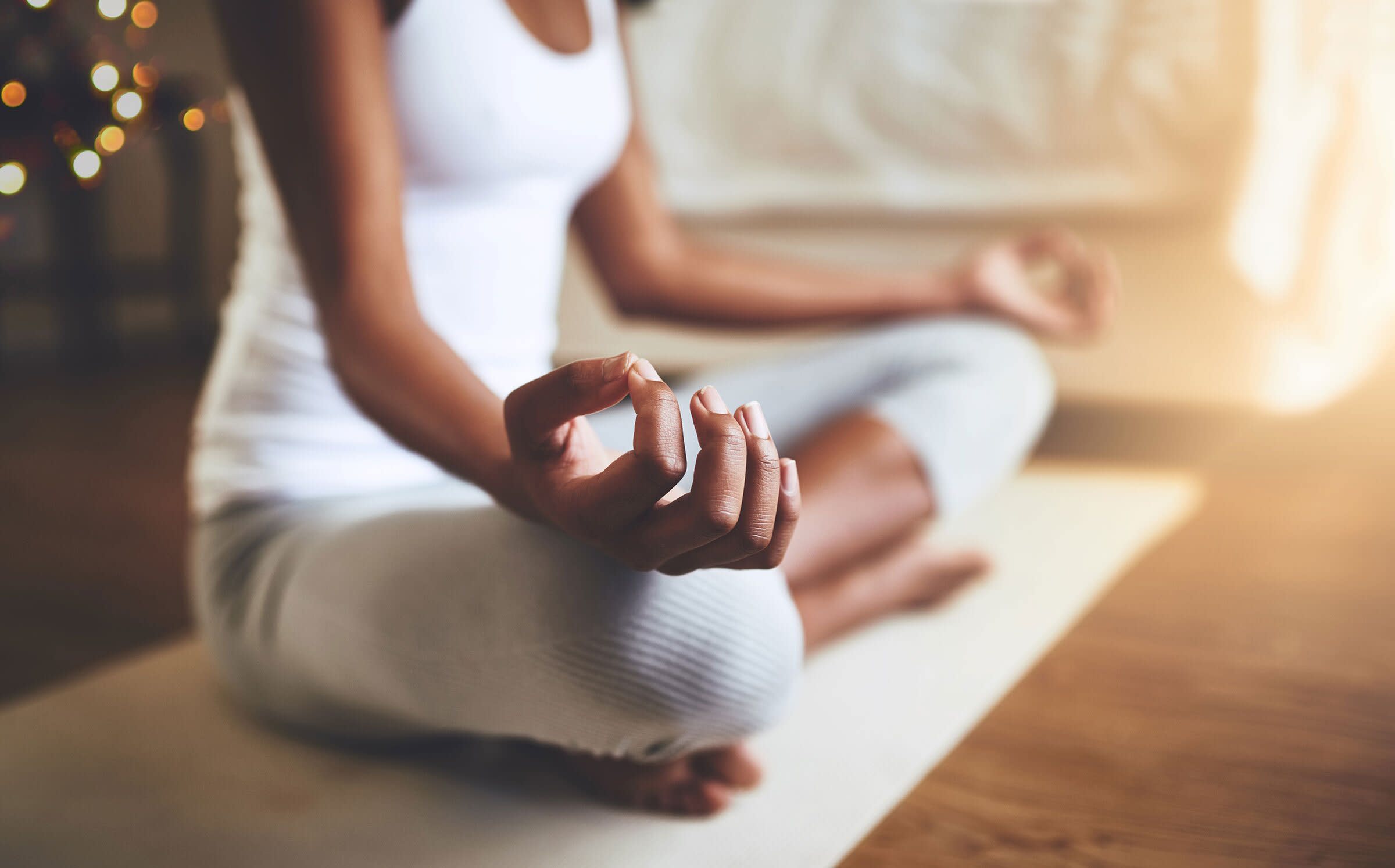Building a meditation habit can seem daunting, but it’s a powerful path to reducing stress, improving focus, and cultivating inner peace. A habit is a routine or behavior performed regularly, often unconsciously. In the context of meditation, forming a habit means integrating this practice into your daily life so consistently that it becomes second nature. This guide will walk you through the process, step by step, making it accessible for everyone.
Meditation is an ancient practice, with roots tracing back thousands of years across various cultures and religions, notably Buddhism and Hinduism. At its core, meditation involves training your mind to achieve a state of relaxed awareness. While there are many forms, the most widely practiced in the West is mindfulness meditation, which focuses on bringing your attention to the present moment without judgment. Research has increasingly shown the tangible benefits of regular meditation, from reducing anxiety and depression to improving sleep and even changing brain structure.
Why Build a Meditation Habit?
Before diving into the “how,” understanding the “why” can be a strong motivator. Regular meditation can:
- Reduce stress and anxiety.
- Improve emotional regulation.
- Enhance self-awareness.
- Increase focus and attention span.
- Promote better sleep.
- Foster compassion and empathy.
These benefits don’t appear overnight, but consistent practice builds them over time, making the effort worthwhile.
Step 1: Start Small and Simple
The biggest mistake beginners make is aiming for long, intense sessions. This often leads to burnout and giving up.
- Begin with 5 minutes: Don’t try to meditate for 30 minutes on your first day. Start with just 5 minutes. Even 2-3 minutes is better than nothing. The goal here is consistency, not duration.
- Choose a consistent time: Our brains love routines. Pick a time of day that works best for you and stick to it.
- Morning: Many find meditating first thing in the morning sets a positive tone for the day.
- Lunch break: A quick session can reset your focus.
- Evening: Before bed can help with relaxation and sleep.
- Find a quiet space: While you can meditate anywhere, having a dedicated, quiet spot free from distractions helps. This could be a specific chair, a corner of your room, or even a mat.
- Comfortable posture: You don’t need to sit cross-legged on the floor. A chair with your feet flat on the ground and your back straight is perfectly fine. The key is to be alert but relaxed.
Step 2: Choose Your Meditation Technique
There are various types of meditation, but for beginners, focusing on your breath is the most common and effective starting point.
- Focus on the Breath (Anapanasati):
- Sit comfortably with your back straight but not rigid.
- Close your eyes gently or soften your gaze downwards.
- Bring your attention to your breath. Notice the sensation of air entering and leaving your body – perhaps at your nostrils, in your chest, or your abdomen.
- You don’t need to control your breath; just observe it as it naturally is.
- Your mind will wander. This is normal. When you notice your mind has strayed, gently bring your attention back to your breath without judgment. Think of your thoughts like clouds passing by; acknowledge them, then let them go.
- Body Scan Meditation: This involves systematically bringing your attention to different parts of your body, noticing any sensations without trying to change them. This can be particularly good for grounding and releasing tension.
Step 3: Be Prepared for Your Mind to Wander (and That’s Okay!)
One of the most common misconceptions about meditation is that you need to empty your mind of all thoughts. This is not the goal, especially for beginners.
- Thoughts are normal: Your mind is designed to think. Expect thoughts to arise during meditation.
- Gentle redirection: The practice isn’t about stopping thoughts, but about noticing them and gently bringing your attention back to your chosen anchor (like your breath). Each time you notice your mind has wandered and you bring it back, you’re strengthening your mental “muscle” of attention. This is the core exercise of meditation.
- No judgment: Don’t get frustrated with yourself if your mind wanders a lot. This is part of the process. Treat yourself with kindness and patience.
Step 4: Leverage Tools and Resources
While you don’t need anything to meditate, certain tools can be incredibly helpful for beginners in building a consistent habit.
- Meditation Apps:
- Calm: Offers guided meditations for various purposes (sleep, stress, focus).
- Headspace: Provides structured courses for beginners, breaking down concepts clearly.
- Insight Timer: Features a vast library of free guided meditations and a simple timer for unguided sessions.
- Balance: Personalized meditation program that adapts to your needs.
- Timers: A simple kitchen timer or a meditation app’s timer can help you stick to your chosen duration without constantly checking the clock.
- Online Communities: Engaging with online forums (like Reddit’s r/meditation) or social media groups can provide support, answer questions, and offer motivation. Hearing about others’ experiences can normalize your own challenges.
Step 5: Overcome Common Challenges
Building a habit isn’t always smooth sailing. Anticipate and prepare for common hurdles.
- “I don’t have time”: Even 5 minutes counts. Schedule it like an important appointment. Remember, meditation helps you create more effective time by improving focus.
- “My mind is too busy”: This is why you meditate! The practice helps calm a busy mind over time. Don’t let a busy mind deter you; see it as an opportunity for practice.
- “I fall asleep”: If this happens, you might be too relaxed, or your posture isn’t alert enough. Try meditating in a more upright position or splashing some water on your face before starting.
- “I don’t feel anything”: Meditation isn’t always about dramatic experiences. The subtle benefits accumulate over time. The “feeling” isn’t the goal; consistent practice is.
- “I skipped a day”: Don’t give up! Habit formation isn’t about perfection. If you miss a day, just get back on track the next. The “never miss twice” rule is powerful for habit building. Consistency is more important than intensity.
Step 6: Stick With It and Be Patient
Building a lasting habit takes discipline and patience.
- Be patient: It can take weeks or even months for a new behavior to become deeply ingrained. Some research suggests it takes an average of 66 days for a new habit to form.
- Track your progress: Mark off days on a calendar or use a habit-tracking app. Seeing your streak grow can be incredibly motivating.
- Be kind to yourself: There will be days when it feels difficult or you just don’t want to do it. Acknowledge that feeling, but gently encourage yourself to sit for your chosen few minutes.
- Celebrate small wins: Acknowledge your efforts, even for showing up for 5 minutes. Every session builds momentum.
By following these steps, you can successfully build a meditation habit and unlock its profound benefits for a calmer, more focused, and more balanced life. The journey begins with a single breath.
FAQ Section
Q1: How long does it take to build a meditation habit? A1: While individual experiences vary, studies suggest it takes an average of 66 days for a new behavior to become automatic. Consistent daily practice, even for short periods, is key.
Q2: Is guided meditation better than unguided for beginners?
For beginners, guided meditations are often highly recommended. They provide instructions and help you stay focused, making the initial experience less overwhelming and more accessible. As you progress, you might transition to unguided practice.
Q3: What if I can’t clear my mind during meditation?
The goal of meditation is not to clear your mind. It’s about observing your thoughts without judgment and gently returning your attention to your chosen anchor (like your breath). A busy mind is normal, especially when you start. The practice is in the returning of attention.
Q4: What’s the best time of day to meditate?
The best time to meditate is the time that you can consistently stick to. Many find mornings effective for setting the day’s tone, while others prefer evenings for winding down. Experiment to find what works for your schedule and energy levels.
Q5: Can meditation help with sleep problems?
Yes, meditation can significantly help with sleep problems. Regular practice, particularly mindfulness and body scan meditations, can reduce stress and anxiety, which are common causes of insomnia, and help calm the nervous system, preparing your body for rest.
Q6: Do I need special equipment to meditate?
No, you don’t need any special equipment. A quiet space and a comfortable place to sit (a chair, cushion, or mat) are sufficient. While props like meditation cushions can enhance comfort, they are not essential.





